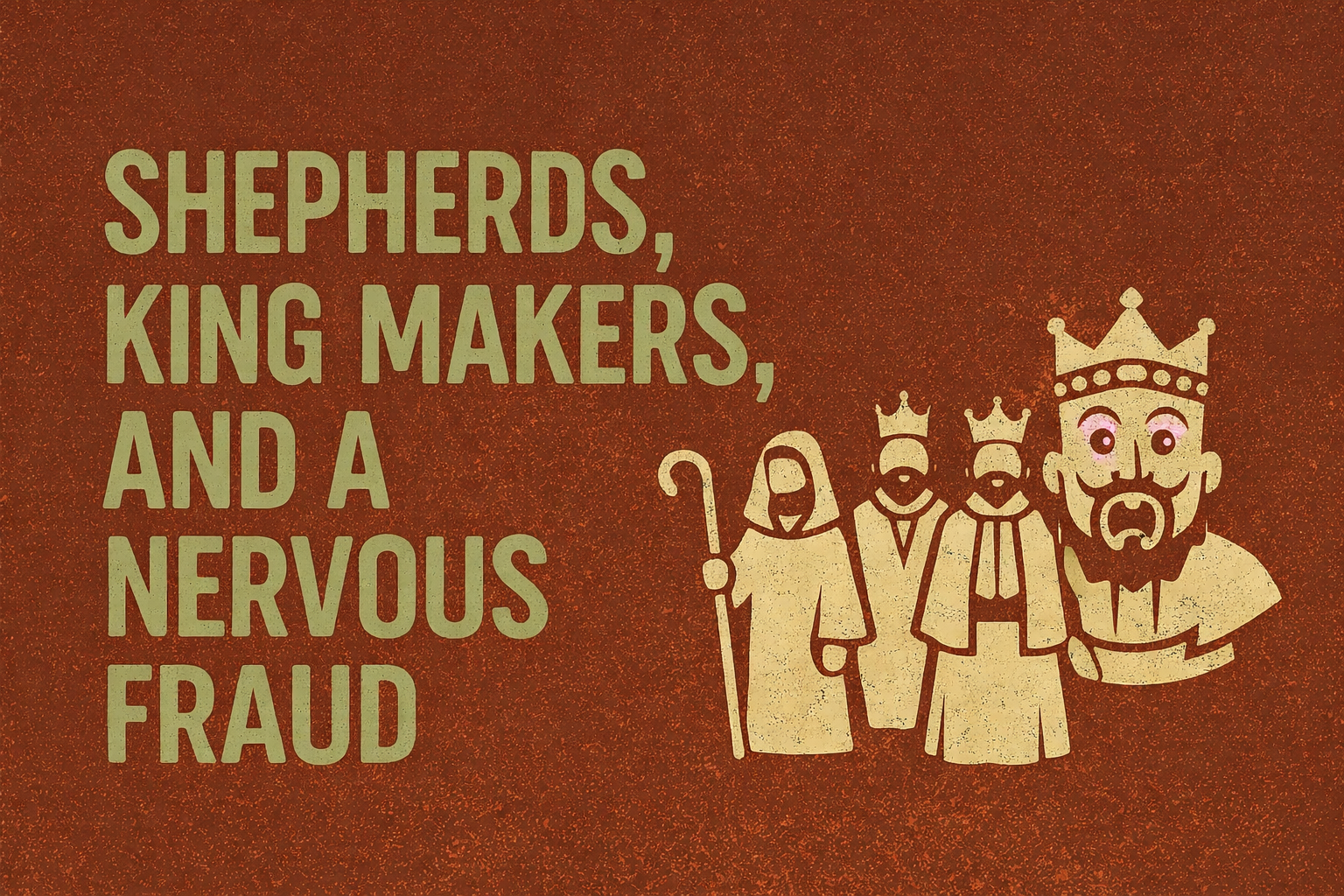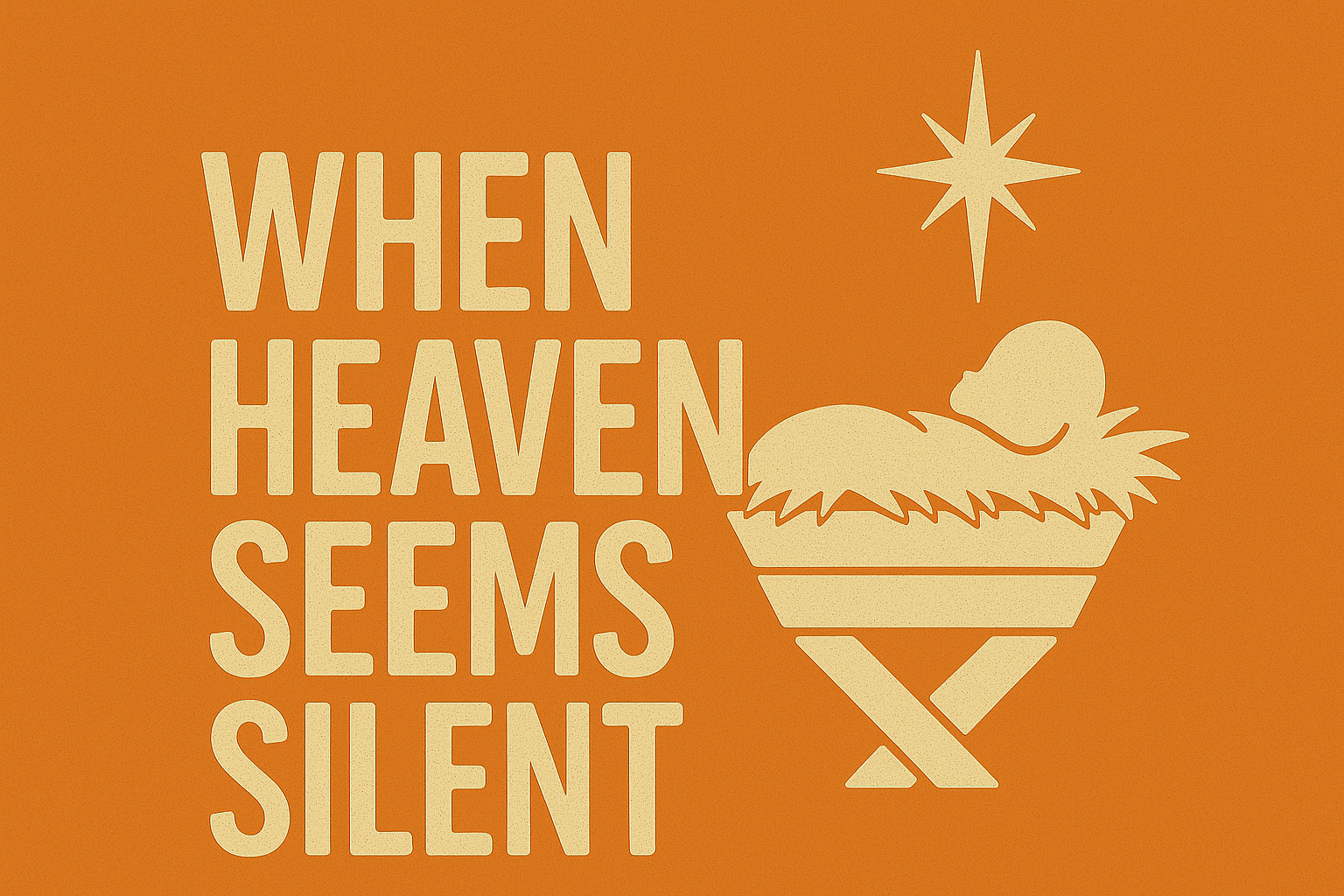If you who haven’t had a chance to check out part one, you can find it here or here. For the big changes that our country and the Church need to make, and I know a lot of people aren’t going to like this, we are going to have to spend money. Charitable giving from individuals, organizations, and churches to initiatives is vital. Giving is something we can’t possibly do enough of.
But it will also take taxpayer money in some cases. The problems I’ll be focusing on simply haven’t been solved by the private sector. While my libertarian brothers and sisters will argue that philanthropists and generous corporations can change that, the fact of the matter is they haven’t. Especially during a COVID-induced economic depression, people are in desperate need. That of course, directly affects the issues we’re talking about. You may be preparing for a fight about the nature of taxation, but if we want positive change, that’s what it will take. At least hear me out first.
Poverty:
As we so often forget, economic realities are directly linked to many of the other problems within society. The same is true for economics and abortion. According to numerous studies, over half of women who have abortions are below the poverty line. In addition, a study from 2005 showed that 73% of women who had an abortion because they couldn’t have afforded to financially, a number that increased to 81% for women in poverty. While we throw around the phrase “I can’t afford to…” with reckless abandon, the fact of the matter is these women would have been financially ruined if they carried to term.
I’m not saying that it’s an open and shut case that an abortion was the best option in all these cases. What I want us to recognize is that 73% of women who had abortions wouldn’t have had them if they could have had their children AND paid for their rent, electricity, and groceries. If that isn’t an indictment of our economic structure, I’m not sure what is.
This brings me back to those programs we talked about in part one. Food assistance and welfare programs go to help poor people which disproportionately affects women and children. The fact that we have cut these programs while those in power still claim to be pro-life, in my opinion, shows a either a dangerous ignorance of the situation or a disturbing hypocrisy that, statistically, is not going to reduce abortions. Rather than causing fewer abortions, these cuts have made the financial burden even greater on those most likely to choose abortion to avoid falling into financial destitution.
If we want fewer abortions, we have to provide the poor (and their children) with the means to live without fear of ending up on the street.
Sex Ed.:
Sexual education is one of the most overlooked factors in the abortion conversation. I think this is in part because, especially in American Christianity, we are uncomfortable talking about it. It seems like we don’t want our kids to learn about sex in schools, we aren’t super psyched to have the “birds and the bees” talk with them, and we definitely don’t (and shouldn’t) want them to learn about sex from pornography. Unfortunately, the real world doesn’t leave space for us to ignore sex as a subject with our children and somehow have them come to a healthy understanding of it. They will learn about sex somewhere. Given the startling fact that children are discovering pornography at earlier and earlier ages, we have to get over our hang-ups and teach them what sex is in a respectful, healthy way.
Now, I don’t know about you, but I doubt I could teach any of my potential future children about sex in any wholistic way. And, if we want to avoid them having messed up views of sex, we need to be able to do more than just explain the basics of how sex works. Teenagers and young adults have sex. That’s life. The least we can do is help them understand, if they’re going to do it, how to do so without hurting themselves or others and, importantly, how to do so without resulting in unintended pregnancies.
You and I aren’t the people to do this in most cases. But there are social scientists and educators who do this stuff for a living! The problem for many is that this occurs in schools. My guess is that parents feel this way because they don’t want their children overexposed to sex before they’re ready, especially not in public schools. But comprehensive sexual education is setup developmentally, meaning it is conducted with the required information and content for the specific age group in each classroom.
While you might still be wary of sex education, you should know that, according to the National Survey of Family Growth, teenagers 15-19 are 50% less likely to have unintended pregnancies when they receive comprehensive sex education. In states that use comprehensive sexual education instead of abstinence-only programs, teens are less likely to have unintended pregnancies, which is true across economic and cultural backgrounds.
If we want fewer abortions, we have to get over our fears of our children learning about sex and support comprehensive sexual education…in schools.
Contraception:
Obviously, the attitudes toward contraception in Protestant churches isn’t as extreme as in the Catholic Church. However, there are still areas where we are just too opposed to methods of contraception that result in fewer abortions (and STIs, too!). We can have conversations about day-after pills but we should all be firmly in agreement on the necessity of birth control pills and condoms, as well as the equally important pre-natal care. All these are vital for reducing the number abortions, increasing family stability, and ensuring the best health for children.
I don’t have quite as much to say in this section but that doesn’t change the urgency here: women need affordable, open access to contraception for their own health and in order to reduce unintended pregnancies.
If we want fewer abortions, we have to support and encourage access to contraception for women, regardless of their race, age, or economic predicament.
So, here’s the deal: I need to wrap this up. I’ve hit all the main points that I felt necessary for my small part of this conversation. However, there are a few more things I need to say. So, I will say all those things…in part three.
Further Reading and cited pieces:
-https://www.respectlife.org/poverty-and-abortion
-https://www.guttmacher.org/united-states/abortion/demographics
-https://www.guttmacher.org/gpr/2016/07/abortion-lives-women-struggling-financially-why-insurance-coverage-matters
-https://www.marketwatch.com/story/nearly-half-of-women-who-have-abortions-live-below-in-the-federal-poverty-level-2019-05-17
-https://www.acog.org/clinical/clinical-guidance/committee-opinion/articles/2016/11/comprehensive-sexuality-education
-https://advocatesforyouth.org/resources/fact-sheets/sexuality-education-2/
-https://www.nytimes.com/2020/07/08/us/supreme-court-birth-control-obamacare.html
-https://theintercept.com/2020/07/09/supreme-court-aca-birth-control-mandate/
-https://www.politico.com/news/2020/07/08/supreme-court-upholds-trumps-limits-on-birth-control-coverage-352385
——————————————————————————————————————-
If you want to keep up with Bite Size Theology, make sure to subscribe on iTunes or wherever you get your podcasts. Also make sure to check out our website: https://www.bitesizetheology.com/
If you like what we’re doing and want to support us, become a financial supporter on our Patreon page here or copy and paste https://www.patreon.com/Bitesizetheology into your address bar.
Follow us on these social media sites:
Facebook: Bitesize Theology (https://www.facebook.com/bitesizetheology/)
Twitter: @BiteTheology (https://twitter.com/bitetheology)
Instagram: bitesizetheology




